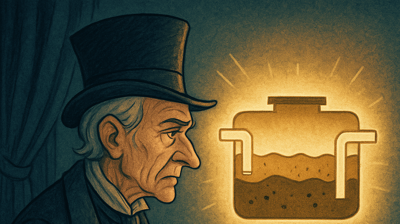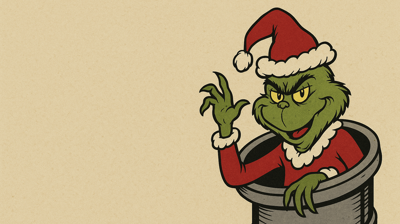Drain Field Repair—or Replace? How to Decide the Best Solution
Your septic system is crucial to your property’s (and your!) well-being. A key piece of your septic system is the drain field, which treats and disperses wastewater. Over time, it can yield issues, which require careful response. But should you repair or replace? Here’s how to determine the best course of action for your home’s system.
Drain Field Problems: Common Issues
Whether from insufficient maintenance or typical wear and tear, your system may encounter the following problems:
1. Clogs
As time passes, sludge and solid waste can accumulate, causing blockages.
2. Saturated Soil
Heavy water use or excessive rainfall can oversaturate soil, impeding its capacity to absorb wastewater.
3. Root Intrusion
Tree roots can infiltrate the drain field and cause pipe damage.
4. Compacted Soil
When vehicles or heavy machines drive over the drain field, they can compact the soil, which reduces its functionality.
Drain Field Failure: Spot the Signs
Detecting drain field failure early can spare you expensive labor costs. Be vigilant about these warning signs:
1. Slowing Drains
If you notice your sinks, toilets, or showers are draining slower than usual, it could indicate an issue with your drain field.
2. Unpleasant Smells
Foul odors can be a noticeable warning sign that your wastewater isn’t being properly handled.
3. Water Pooling
Standing water or wet patches in your yard are big signs of a faulty drain field.
4. Backed-up Sewage
Sewage backup is not only a major sign—it’s also the most serious and requires swift action to prevent health risks.
Drain Field Repair
When issues emerge, repairing the drain field is often the first response. Here are some approaches to consider.
1. Bioaugmentation
This method consists of adding beneficial bacteria to your septic system, which breaks down waste more effectively. It’s especially recommended for minor clogs, plus can extend the life of your drain field.
2. Soil Aeration
By loosening (aerating) the soil, both drainage and oxygen flow are boosted, which helps with wastewater absorbency.
3. Soil Amendment
In certain environments, supplementing soil with sand or gravel can enhance its permeability.
4. Enzyme Treatments
This natural way to break down organic waste can help prevent clogs and help with drain field health maintenance.
5. Root Control
If tree roots are the culprit, trimming them back or incorporating root inhibitors can protect your drain field.
Drain Field Replacement
If repairs aren’t cutting it, replacement may be a required next step. You’ll want to consider these options:
1. Traditional Drain Fields
This series of perforated pipes—buried in trenches filled with gravel—are the most common style. They’re boat reliable and cost-effective.
2. Alternative Drain Field Systems
Aerobic treatment units, mound systems, or drip irrigation systems may be better choices for properties with limited space or soil conditions that prove challenging.
Replacement Factors
When deciding whether to replace your drain field, you’ll want to consider these characteristics:
1. System Age
Systems that are older are more likely to fail, and may need replacement (vs. repair).
2. Damage Severity
If the drain field damage is of a high magnitude, replacement may be the only choice.
3. Size of Property
If your property is on the larger side, it may need a more complex system to effectively process wastewater.
Impact on Your Environment
1. Disruption Reduction
Whether opting for drain field repair or replacement, you’ll want to minimize the disturbance to your surroundings. This can include eco-friendly approaches that respect your property and the local environment.
2. Conserving Soil
Critical to drain field efficiency is the maintenance of healthy soil. Methods such as soil aeration and amendment can support soil integrity and, in turn, support sustainable wastewater processing.
3. Protecting Water Quality
A well-maintained drain field ensures the proper treatment of wastewater, which spares local water sources from potential contamination.
How to Choose the Right Option
1. Check with a Pro
You’ll want to consult with an esteemed septic expert (like the folks here at Wind River Environmental!) to receive accurate analysis of your situation, which will lead to the best option for your property.
2. Factor in Your Budget
Cost will be a big determiner when selecting repair vs. replacement. You’ll not only want to consider upfront costs (for what may be a temporary fix), but compare them against long-term savings (for more enduring solutions).


.2507311836501.png)


